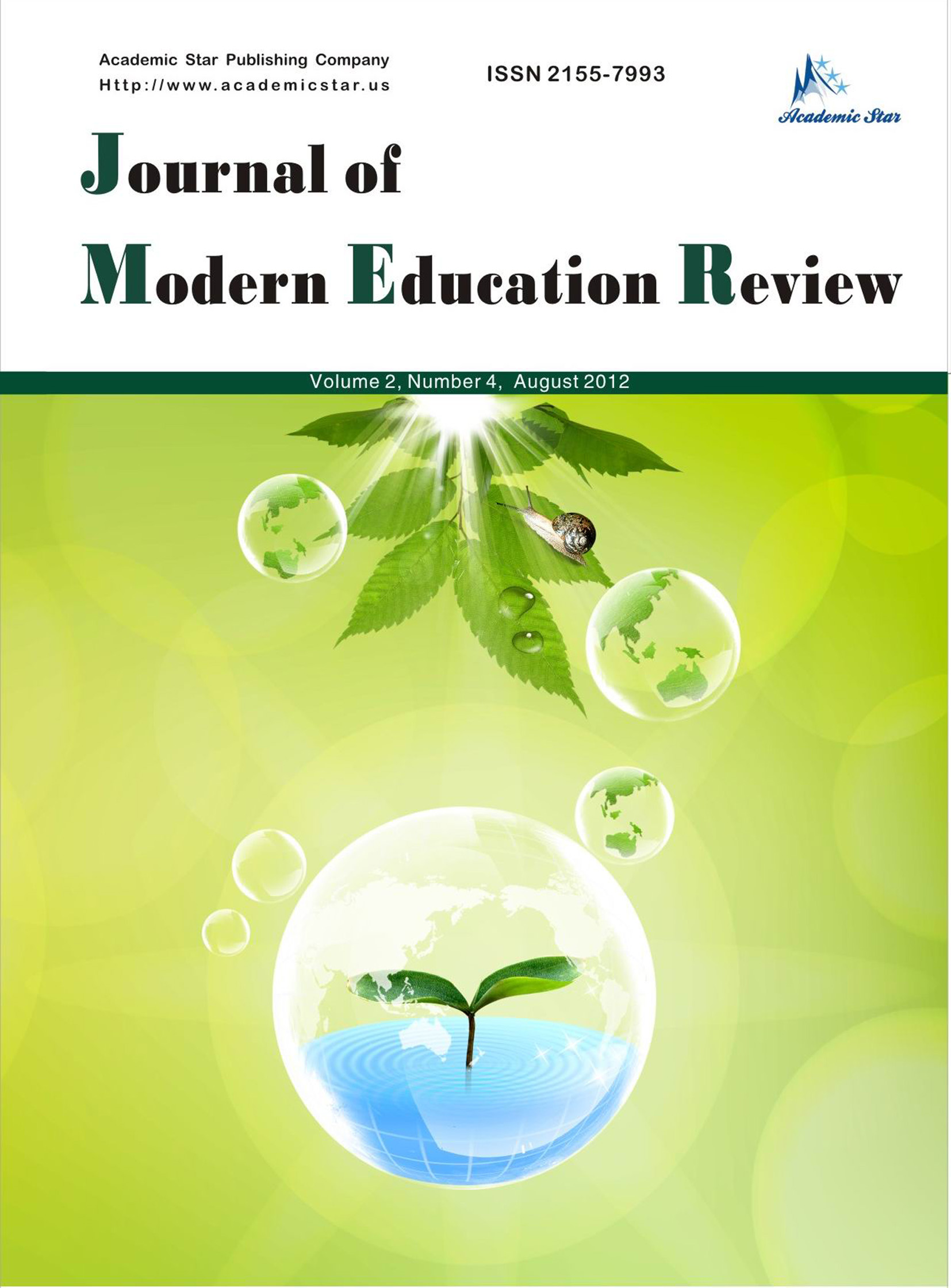Humanities

- ISSN: 2155-7993
- Journal of Modern Education Review
Synchronous CMC E-tandem Learning in Japanese as a Second Language: Linguistic Environment and Language Development
Satomi Kawaguchi
(Bilingualism Research Lab & MARCS Institute, Western Sydney University, Australia)
Abstract: In introducing Information and communication technologies (ICT) in classroom pedagogical objectives should guide choices in learning activities. This paper broaches this issue and evaluates an e-tandem L2 learning activity via text-based synchronous computer-mediated communication (SCMC) from two vantage points: (a) the linguistic environment offered by the activity and (b) language development as shown through chat-logs. An e-andem activity was organized over the semester between Japanese L2 university students in Australia and English L2 university students in Japan. Each student engaged in text chat with their partner on a set topic over three sessions. An interactionist approach (Long, 1996) is adopted to measure the linguistic environment of the activity. Also, morphological and syntactic development was assessed within a Processability Theory framework (Pienemann, 1998; Kawaguchi, 2015). Analysis suggests that 20% of turns show negotiation of meaning and corrective feedback with highly successful outcomes. The rate of negotiation turns found is much higher than that of “simple chat”. Also, most students, but not all, showed morphological and/or syntactic development. Thus, while the use of SCMC e-tandem learning in L2 is useful, close evaluation of the activity and monitoring the student’s performance are crucial for the educator to ensure it promotes language learning.
Key words: ICT (information communication technologies), SCMC (synchronous computer-mediated communication), e-tandem learning, Japanese as a second language, Processability Theory






